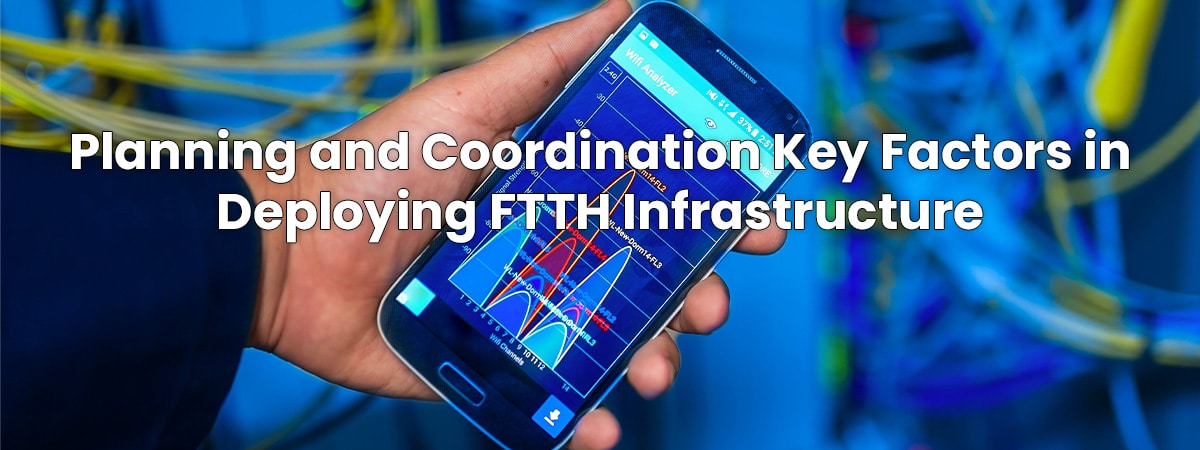Introduction:
The deployment of Fiber-to-the-Home (FTTH) infrastructure is a critical step in providing high-speed internet access to homes and businesses. To ensure a smooth and efficient installation process with minimal disruption, careful planning and coordination between service providers, municipalities, and building owners are essential. In this article, we will explore the significance of effective planning and coordination in deploying FTTH infrastructure.
- Collaborative Stakeholder Engagement:
Successful FTTH deployment begins with engaging and involving all stakeholders. Service providers, municipalities, and building owners must come together to establish clear communication channels and set common goals. Regular meetings, workshops, and discussions can help identify challenges, address concerns, and align objectives for a seamless installation process. - Comprehensive Site Surveys and Assessments:
Thorough site surveys and assessments are crucial in understanding the existing infrastructure and identifying the optimal routes for fiber optic cable installation. This process involves evaluating the availability of existing ducts or conduits, assessing the structural integrity of buildings, and identifying potential obstacles or restrictions that may hinder the installation process. Collaborating with building owners and local authorities during this phase helps gather accurate information and ensures the feasibility of the deployment plan. - Regulatory Compliance and Permitting:
Compliance with local regulations and obtaining necessary permits is vital for a successful FTTH deployment. Service providers must work closely with municipalities and adhere to local zoning, building codes, and right-of-way regulations. Proactive engagement with local authorities and streamlined permit application processes can help expedite the necessary approvals, minimizing delays and ensuring compliance. - Efficient Project Management:
Effective project management is crucial for coordinating the various tasks involved in FTTH deployment. This includes resource allocation, scheduling, and monitoring progress. Project managers must ensure that all teams, including technicians, contractors, and installers, are well-coordinated and equipped with the necessary tools and materials. Clear communication channels, regular progress updates, and contingency plans are essential to mitigate potential delays and disruptions. - Minimizing Disruption and Service Interruptions:
FTTH deployment often requires digging trenches, laying cables, and performing installations both outside and inside buildings. Minimizing disruptions to residents, businesses, and daily activities is paramount. Close collaboration between service providers, building owners, and tenants can help plan installation timelines that align with their schedules, ensuring minimal inconvenience. Communication campaigns, advance notices, and clear signage can also help manage expectations and inform stakeholders about the progress and potential service interruptions. - Post-Installation Support and Maintenance:
Deployment is not the end of the process. Service providers must establish mechanisms for ongoing support, maintenance, and troubleshooting. This includes addressing any service disruptions, managing customer inquiries, and conducting regular inspections to maintain the infrastructure’s integrity and performance.
Conclusion:
The successful deployment of FTTH infrastructure requires meticulous planning and coordination between service providers, municipalities, and building owners. By engaging stakeholders, conducting thorough assessments, adhering to regulations, efficiently managing projects, and minimizing disruptions, the deployment process can be carried out smoothly, resulting in efficient installations and minimal service interruptions. Emphasizing collaboration and effective communication at every step lays the foundation for robust and reliable fiber optic networks, empowering communities with high-speed internet access for years to come.
